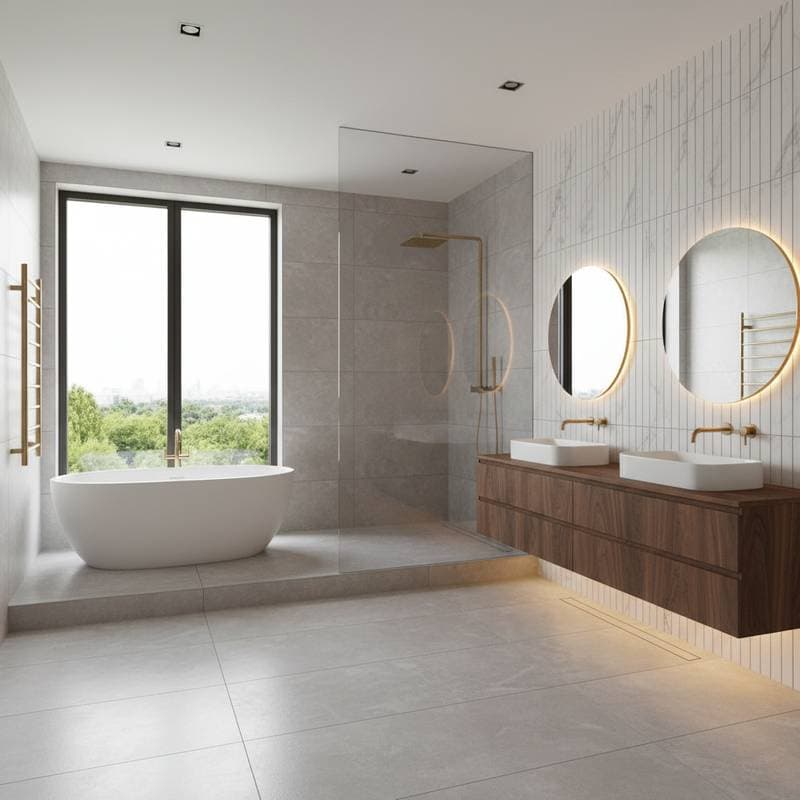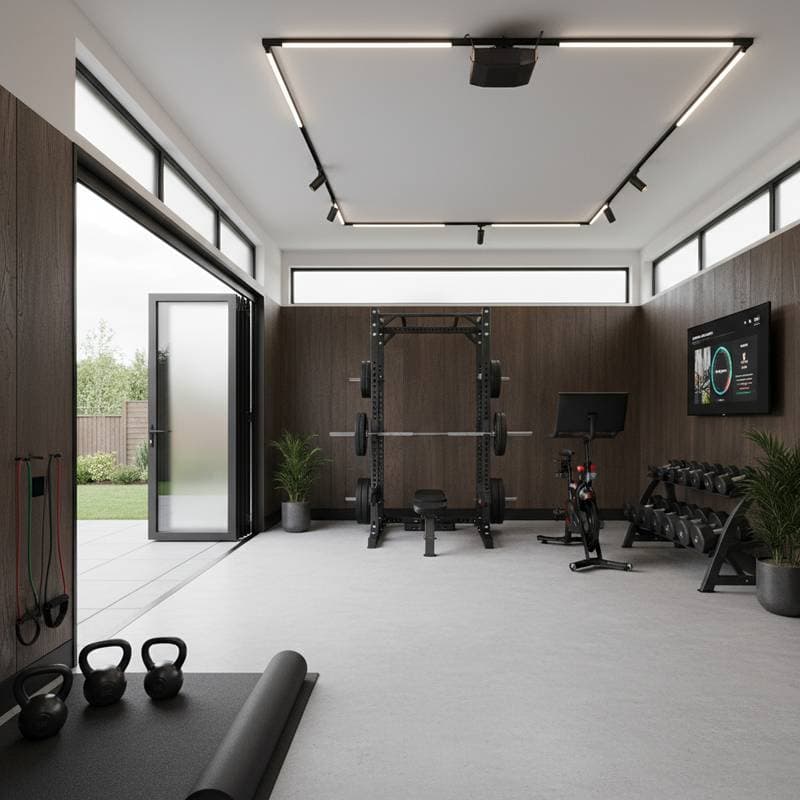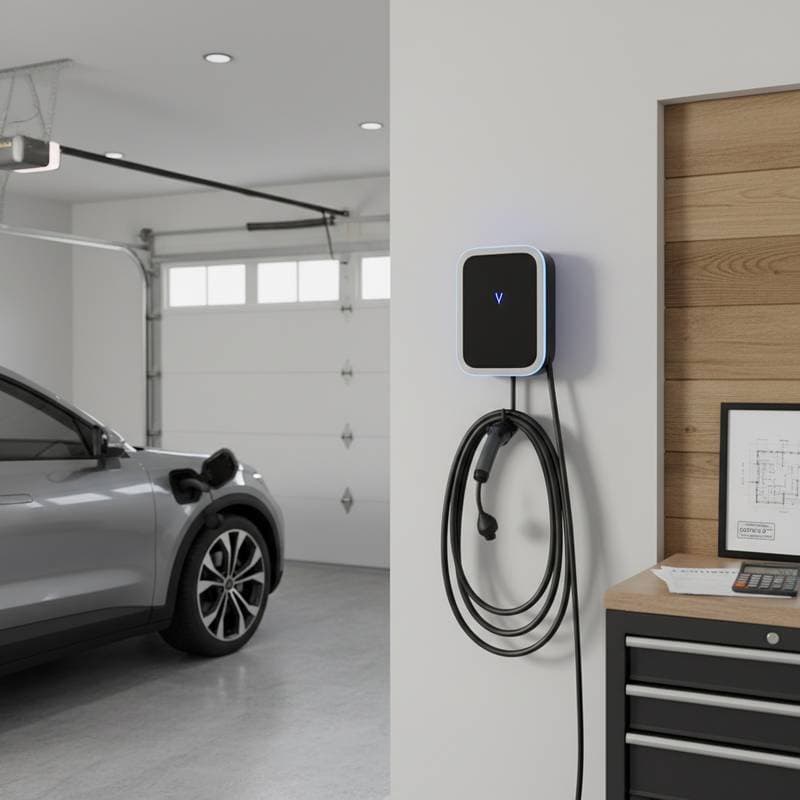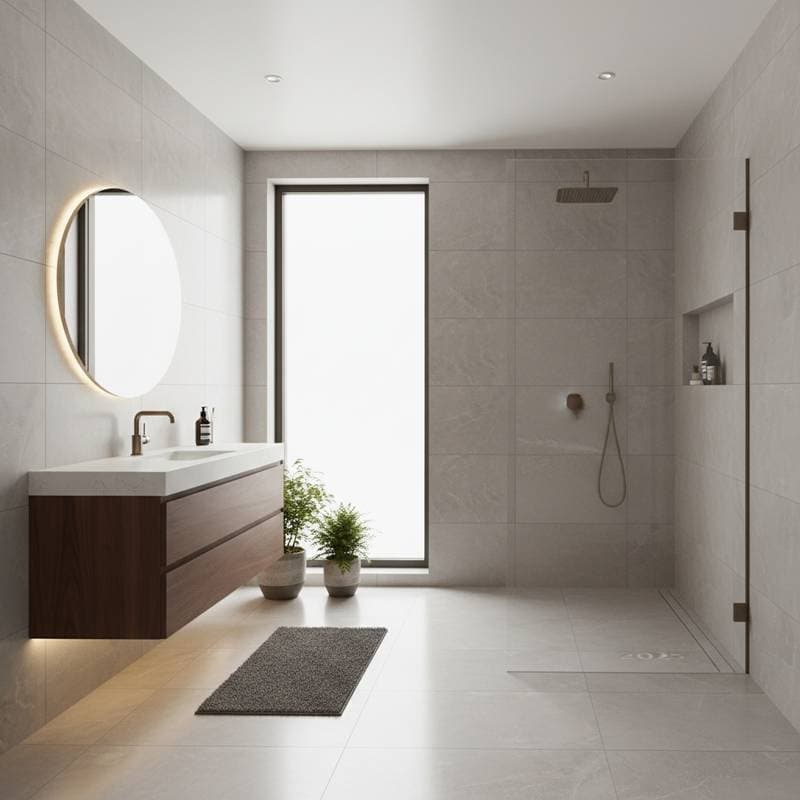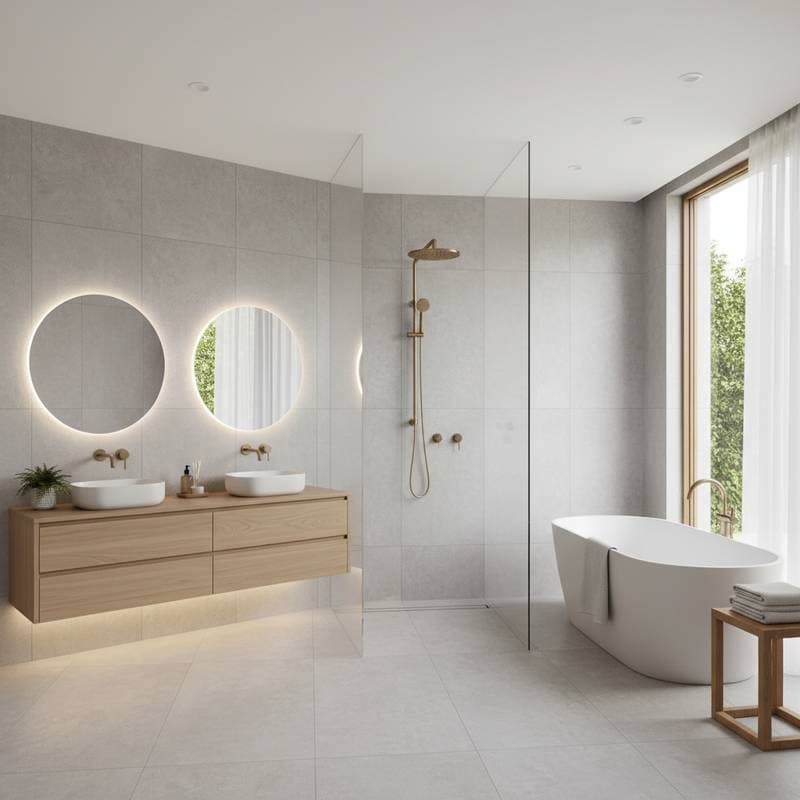Why Wet Rooms Boost Bathroom Resale Value by 15% in 2025
Homeowners who invest in a full wet room conversion often see a resale value increase of approximately 15%. This upgrade typically costs between $14,000 and $26,000, varying by bathroom size, material choices, and complexity of installation. The appeal lies in the seamless integration of shower space, which eliminates barriers and creates a more functional, contemporary bathroom.
Buyers in 2025 prioritize homes with accessible, low-maintenance features. Wet rooms align with these preferences by offering barrier-free designs that suit aging-in-place needs and universal accessibility standards. Professional installation ensures compliance with building codes, further enhancing marketability.
Understanding Wet Rooms and Their Benefits
A wet room transforms the traditional bathroom by removing the shower enclosure and curb, allowing water to flow freely across the entire floor. This design incorporates a sloped floor leading to a central or linear drain, paired with comprehensive waterproofing to protect surrounding areas. The result is an open, spacious feel that maximizes usable square footage.
Beyond aesthetics, wet rooms improve daily functionality. Cleaning becomes straightforward without grout lines in the shower area, and the absence of thresholds reduces slip risks, making the space safer for all users. In resale scenarios, these attributes translate to quicker sales and higher offers, as prospective buyers envision effortless integration into their lifestyles.
Conversion Options and Associated Costs
Select a conversion level that matches your budget and timeline. Each tier builds on the previous, incorporating advanced features for greater comfort and visual impact.
Basic Conversion
This approach retains existing plumbing to minimize disruption. Install porcelain tiles over a waterproof membrane and cement board, with a single wall-mounted drain for efficient water evacuation.
- Cost: $14,000 to $17,000.
- Ideal for: Compact bathrooms or projects focused on cost efficiency.
Such setups provide essential waterproofing and a modern look without extensive reconfiguration.
Midrange Upgrade
Enhance the basic model with practical additions like recessed LED lighting and a linear floor drain for even water distribution. Incorporate a built-in shower bench and recessed niches for storage, using larger-format tiles to reduce grout maintenance.
- Cost: $18,000 to $22,000.
- Ideal for: Properties targeting resale in the near term, where balanced upgrades appeal to a broad audience.
These elements add convenience and a polished finish that elevates perceived value.
Premium Build
Opt for luxury with underfloor heating, a frameless glass partition for subtle separation, and a floating vanity for an airy vibe. Select natural stone or high-end porcelain tiles, complemented by a thermostatic shower valve and overhead rainfall fixture.
- Cost: $23,000 to $26,000 or higher.
- Ideal for: Primary residences or high-end markets where long-term enjoyment and premium resale potential matter most.
This level delivers spa-like indulgence while maintaining the wet room's core efficiency.
Planning Your Wet Room Project
Effective planning prevents delays and cost overruns. Begin by assessing your bathroom's layout and consulting local codes for drain slopes and waterproofing requirements.
Timing Considerations
Anticipate lead times of up to three weeks for custom tiles and drains; place orders promptly to maintain project momentum. Allow 24 to 48 hours for waterproofing membranes to cure fully before applying tiles, as premature tiling compromises durability.
Schedule installations during warm, dry seasons to facilitate faster drying and control indoor humidity. In regions with variable climates, ensure consistent indoor temperatures to avoid issues during winter projects.
Budgeting Strategies
Allocate an additional 10 to 15 percent of your budget for unforeseen challenges, such as subfloor repairs or plumbing relocations in older homes. Factor in potential rebates from water utilities for installing low-flow showerheads, which can offset costs while promoting sustainability.
Time your home listing shortly after completion to capitalize on the fresh upgrade, as modern wet rooms generate strong buyer interest in competitive markets.
Essential Safety Checks
Prior to demolition, shut off the water supply and electrical circuits to the bathroom. Wear protective gear, including respirators and gloves, when handling old grout or drywall to avoid health risks.
Verify subfloor strength to support heavy materials like stone tiles. Ensure the floor slopes at least 1/4 inch per foot toward the drain, per standard codes, and confirm that waterproofing extends 6 inches up the walls for complete protection.
Ongoing Maintenance for Lasting Performance
Proper care extends the lifespan of your wet room and preserves its value. Establish routines that address common wear points.
Daily and Periodic Care
Wipe down walls and surfaces after each use to minimize mineral deposits from hard water. Conduct biannual inspections of grout and caulk for any cracks, repairing them promptly to maintain the waterproof seal.
Employ pH-neutral cleaners to safeguard sealants and finishes. Reseal grout lines every three to five years, based on the manufacturer's specifications and usage intensity.
Ventilation and Inspection Practices
Install a high-capacity, low-noise exhaust fan to promote air circulation and prevent mold growth. Steer clear of absorbent mats that retain moisture; opt for quick-drying alternatives.
Monitor drain performance regularly, replacing covers as needed and addressing clogs early to sustain efficient water flow.
Warranty and Documentation
Certified waterproofing systems typically include 10-year warranties when installed by qualified professionals. Tile and grout coverage varies by brand but hinges on adequate substrate preparation; retain all receipts and installation records.
Secure permits and schedule inspections for plumbing and waterproofing phases. This documentation not only ensures compliance but also bolsters resale credibility by demonstrating quality workmanship.
Factors Sustaining High ROI in Wet Rooms
The 15% resale premium persists due to evolving market dynamics. Aging populations drive demand for accessible designs, positioning wet rooms as forward-thinking investments that appeal to multigenerational households.
Low-maintenance features reduce long-term ownership costs, attracting budget-savvy buyers. In 2025, with rising emphasis on sustainable and durable home improvements, wet rooms stand out for their water-efficient layouts and resilient materials.
Economic factors, such as stable housing appreciation and interest in open-concept interiors, further amplify returns. Data from recent remodel analyses shows that bathrooms with wet room conversions sell 20% faster than those with conventional setups, compounding the financial benefits.
Steps to Launch Your Wet Room Upgrade
- Obtain quotes from at least three licensed remodelers experienced in wet room installations.
- Inquire about their waterproofing protocols, requiring a continuous bonded membrane rather than partial sealing.
- Procure materials in advance to sidestep supply chain interruptions.
- Arrange pre-tiling inspections for plumbing and waterproofing to confirm integrity.
- Align your project completion with optimal resale or refinance windows to leverage peak market enthusiasm for accessible bathrooms.
A well-executed wet room enhances immediate livability while securing enduring property value. Through meticulous planning, quality materials, and expert execution, this upgrade creates a versatile space that adapts to future needs and delivers substantial returns.

